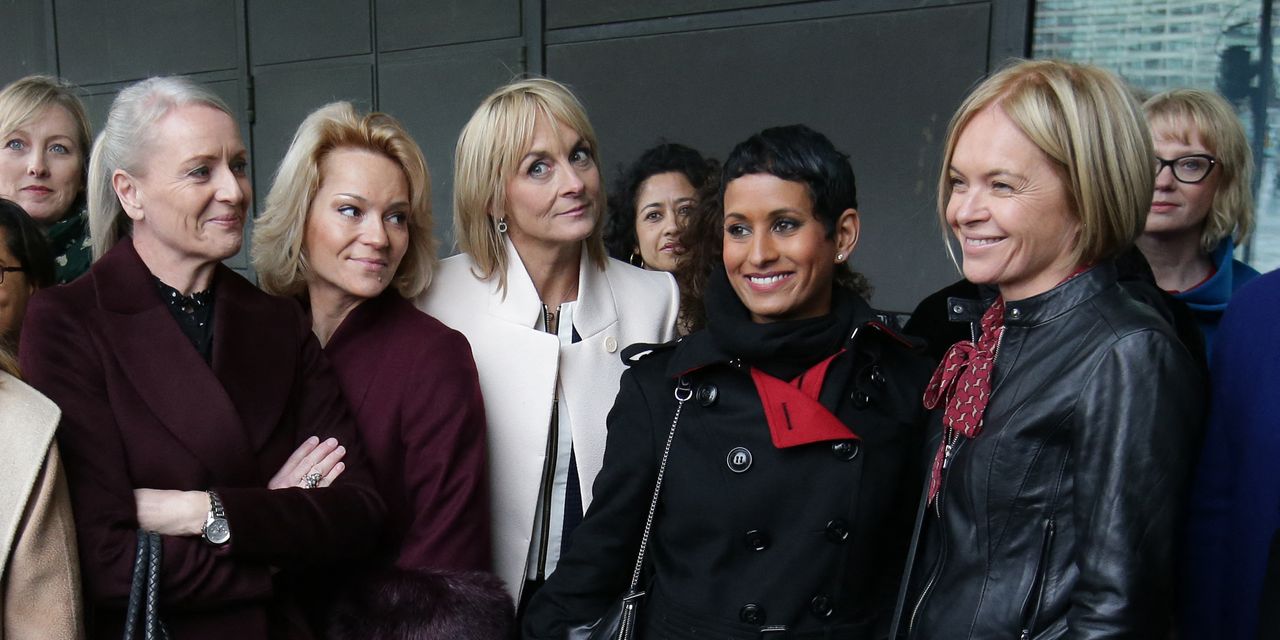It seems that forcing companies, as well as public entities, to dislcose the pay gap between men and women has an impact.
Strategists at Goldman Sachs point out that since 2006, the median gender pay gap in the U.K. has declined by 8% — outranking most other countries. The U.K. in 2010 approved gender pay gap disclosure requirements, which kicked in seven years later, requiring any employer with at least 250 employees to report this data annually.
Strategists led by Sharon Bell point out that, for full-time employees under 40, there is now a close to zero pay gap between genders.
The U.K. also has one of the highest female participation rates among advanced economies, of 75%.
“The improvement, in our view, is partly policy-driven (older retirement ages, legislation against age discrimination), and partly a result of cultural changes that began 40-50 years ago. For younger women, we think the better provision of childcare and the better terms of parental leave in most European countries, relative to, say, the U.S., are a causal factor in leading to higher female participation rates,” they say.
In Corporate U.K., the changes have been slower. The percentage of women on the boards of the top 350 publicly traded companies have grown from 8% in 2005 to 35% in 2022. But they still note that are only 10 women CEOs in the FTSE 100, and no companies in the top index with 50% or more women in the board, in management and as employees.
Read the full article here




